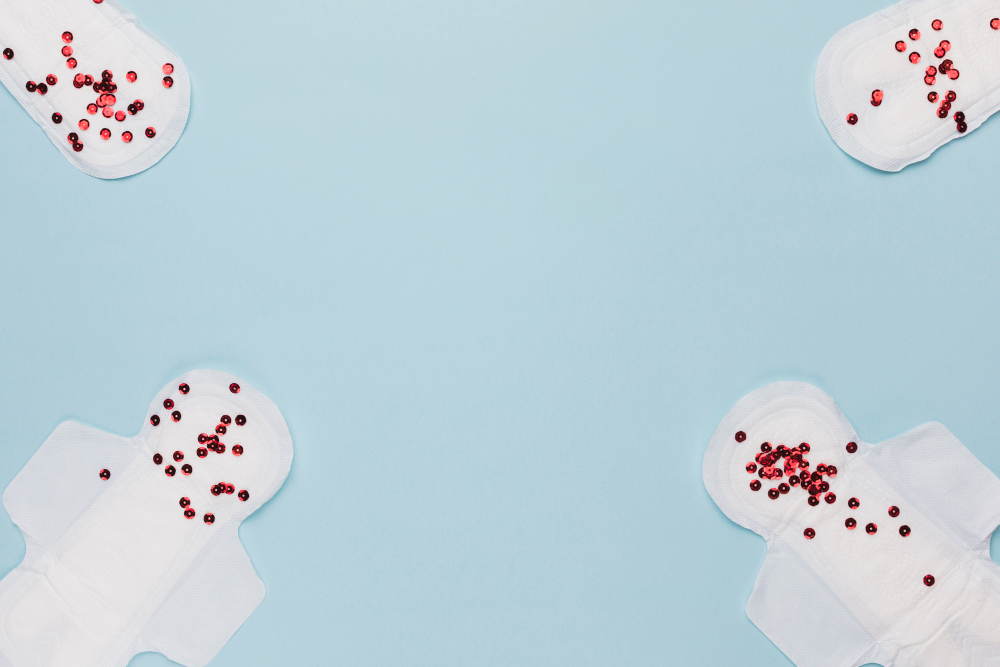
The menstrual cycle is a natural process that occurs in a woman's body as part of the reproductive system. Understanding the four phases of menstruation can help women recognize the changes that occur in their body every month. Here is a detailed explanation of the four phases of menstruation.
Maybe some of us don't know that there are several phases that you go through until you finally get your period. Because usually what is better known is the period before menstruation, namely PMS. In fact, there are 4 phases of menstruation that are no less important to understand as follows:
The menstrual phase is the first phase of the menstrual cycle, which begins on the first day of menstruation and usually lasts for 3-7 days. In this phase, the lining of the uterine wall called the endometrium sheds and leaves the body through the vagina as menstrual blood.
Estrogen and progesterone hormones are at their lowest levels. Your body secretes blood, mucus and tissue from the uterus. Common symptoms include abdominal cramps or menstrual pain, increased fatigue, mood swings and emotional changes.
The follicular phase begins on the first day of menstruation and continues until ovulation. This phase usually lasts for 11-27 days, depending on the length of a woman's menstrual cycle. The hormone FSH (follicle-stimulating hormone) stimulates the ovaries to produce follicles, each of which contains an egg.
One follicle will become dominant and mature into an egg. The hormone estrogen increases, helping to thicken the lining of the uterus to prepare for a possible pregnancy. Symptoms in this follicular phase are increased energy and a better mood. The skin appears clearer and more radiant. And the production of more and clearer cervical mucus.
The ovulation phase belongs to the 4 menstrual phases that occur around the middle of the menstrual cycle, around day 14 in a 28-day cycle. This is the period in which a mature egg is released from the ovary and ready to be fertilized.
In this phase there will be a sharp increase in the hormone LH (luteinizing hormone) triggering ovulation. The egg is released from the dominant follicle and moves into the fallopian tube. You will usually feel your basal body temperature rise. Then, the cervical mucus becomes more elastic and slippery, similar to egg white. Some women may feel mild pain on one side of the abdomen (mittelschmerz).
The luteal phase lasts from ovulation to the first day of your next period, usually around 14 days. In this phase, the body prepares itself for a possible pregnancy. The ruptured follicle turns into a corpus luteum, which produces progesterone.
Progesterone helps thicken the lining of the uterus to support implantation in case of fertilization. If there is no fertilization, the corpus luteum disappears, causing a drop in progesterone and estrogen hormones, triggering menstruation.
In this phase you will feel breast tenderness or swelling. Bloating and changes in appetite. Mood swings, including symptoms of PMS (premenstrual syndrome).
Understanding the 4 phases of menstruation can help women be more aware of their body changes and plan daily activities according to their cycle. Each phase has unique characteristics and symptoms that can be recognized and properly managed.
If you experience excessive problems or discomfort during your menstrual cycle, consult your doctor for proper advice and treatment. (Aq/MKK)